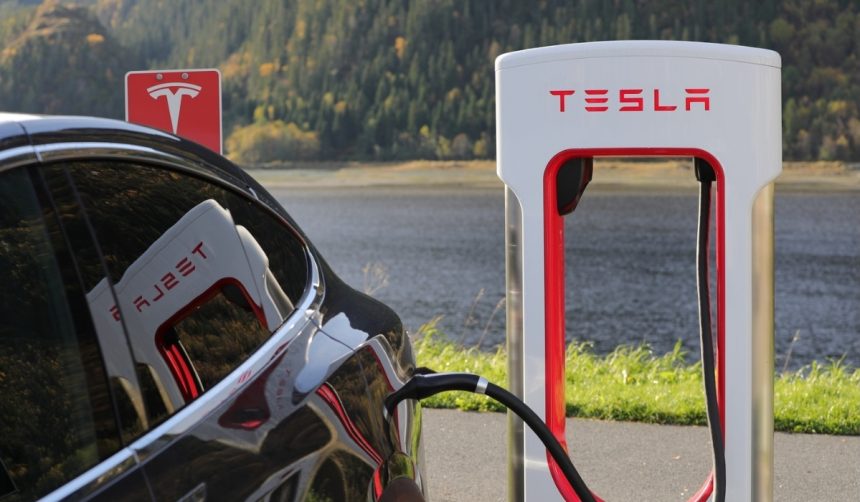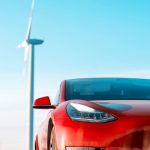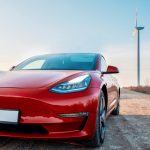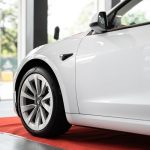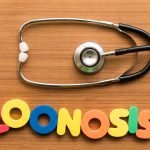Tesla’s ongoing drive to advance autonomous vehicle technology has drawn renewed attention after CEO Elon Musk revealed insights about the forthcoming Full Self-Driving (FSD) V14 software. Industry observers have speculated about the impact of improved automation on the electric vehicle market, with some anticipating further debates about safety and reliability. Musk’s remarks come amid intensified competition, challenging Tesla to maintain its status as a leading innovator in the domain of AI-driven vehicle control.
Information shared by Musk regarding FSD V14 marks a notable difference from earlier reports. Initial versions of Tesla’s assisted driving technologies faced criticism for frequent driver prompts and inconsistent behavior in certain conditions. Updates around the V12 rollout in November 2023 focused mostly on incremental advances and limited employee testing. Now, the transition to V14, with its touted higher parameter count and refined automation, signals a shift toward more naturalistic vehicle operation, potentially reducing system interventions for drivers.
How Does FSD V14 Differ from Previous Versions?
Elon Musk described FSD V14 as a significant update, stating that the parameter count will increase tenfold compared to prior iterations. By aiming to lessen the system’s driver “nag” frequency, Tesla is targeting a less intrusive and more user-friendly experience for its customers. The software is said to be currently undergoing training and real-world testing, with attention to enhanced safety standards before mass release.
What Impressions Has Musk Given About FSD V14?
Reacting to user feedback, Musk addressed an analyst’s report claiming the driving style of Tesla’s Robotaxi pilot felt close to human. He clarified that this impression resulted from Version 13, suggesting that the FSD V14 update would make further improvements.
The FSD release in about 6 weeks will be a dramatic gain with a 10X higher parameter count and many other improvements. It’s going through training & testing now. Once we confirm real-world safety of FSD 14, which we think will be amazing, the car will nag you much less,
Musk emphasized on social media.
Is the New FSD Version Approaching Autonomous Driving?
Tesla’s FSD V14 will continue to require supervision, distinguishing it from the fully unsupervised version being tested in the Austin Robotaxi program. However, the updated system’s architecture aims to imitate human decision-making more closely. Musk commented on the experience,
Version 14 is the second biggest update to Tesla AI/Autopilot ever after V12. It feels alive.
This illustrates Tesla’s effort to make computer-driven vehicles behave in a way drivers may find more familiar and comfortable.
Analysis of Musk’s recent FSD V14 comments indicates the company’s push toward resolving long-standing concerns from drivers about responsiveness and system prompts. While Tesla’s FSD has been praised for cautious driving behaviors, there are ongoing discussions about consistency, regulatory approval, and competition from firms like Waymo. Real-world effectiveness after public deployment will serve as a pivotal benchmark. For those following automation trends, it is important to note that increased parameter counts and improved naturalistic responses could lead to tangible changes in user interaction, even if full autonomy is not yet achieved.
- Elon Musk previewed major improvements with Tesla’s upcoming FSD V14.
- V14 will increase parameter count and reduce driver prompts, Musk stated.
- Tesla continues driver supervision but aims for more natural driving response.

